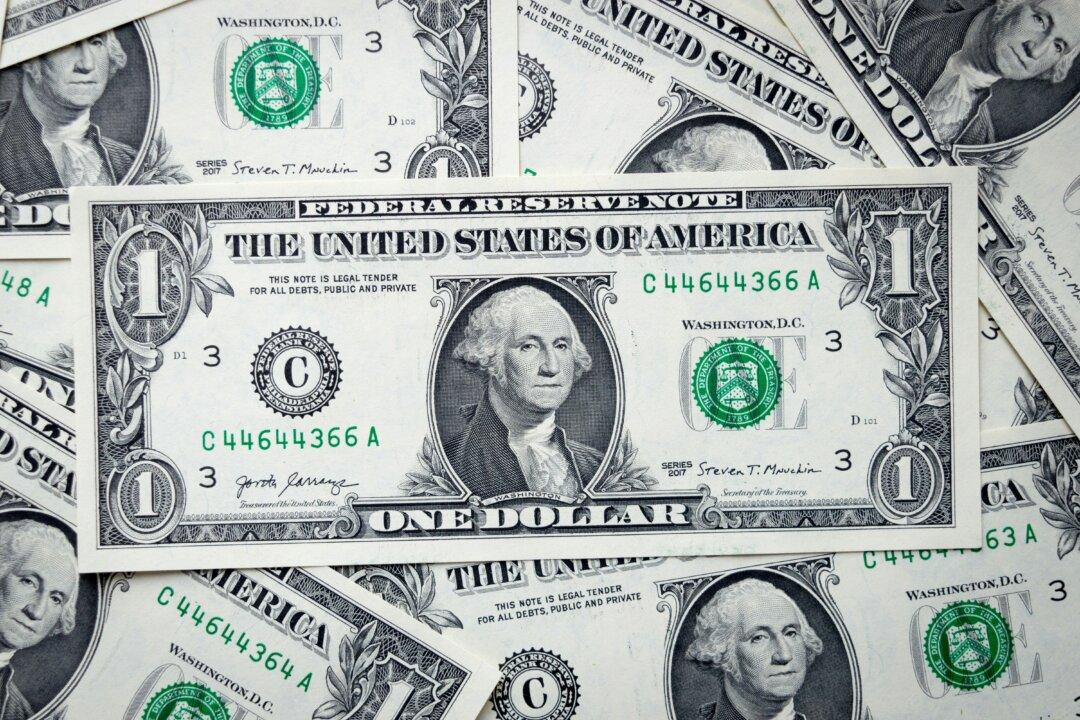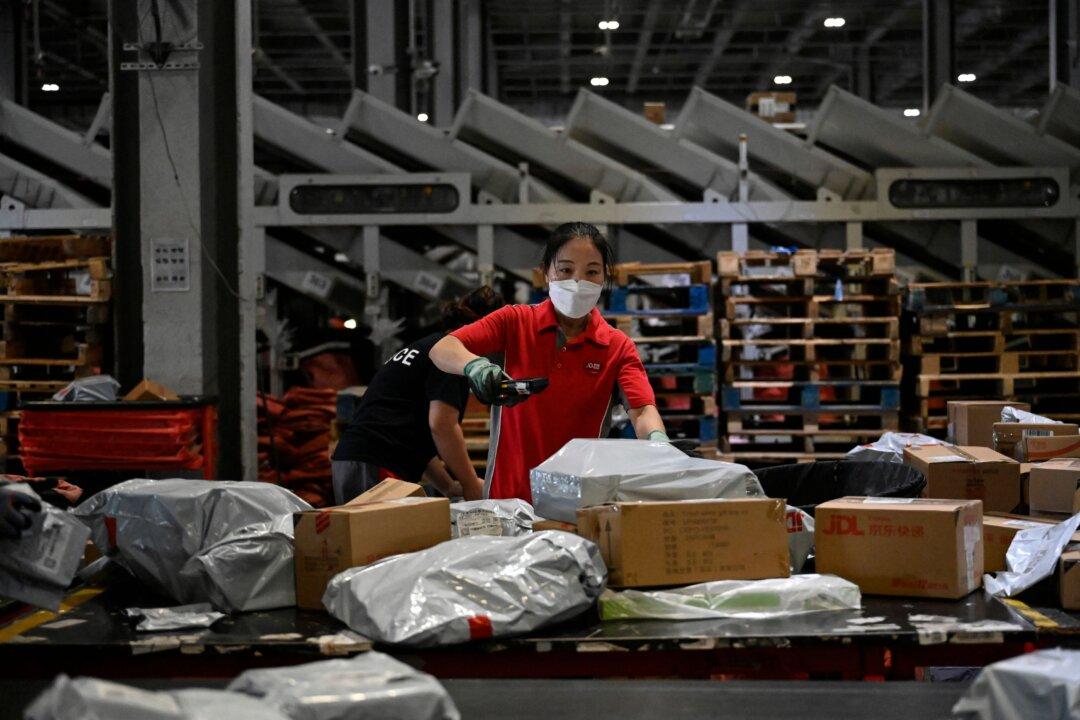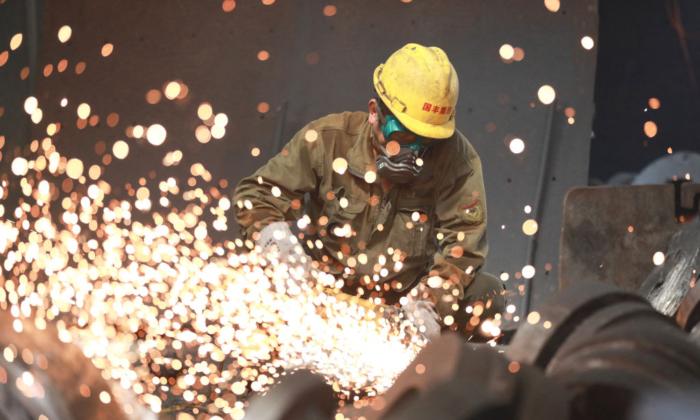China edged back into disinflation in October as consumer demand continued to weaken and producer prices fell, highlighting the persistence of disinflationary pressures and shaky recovery while policymakers struggled to reignite growth in the world’s second-largest economy.
The consumer price index (CPI), the main gauge of inflation, fell 0.2 percent year-on-year (YOY) in October, according to National Bureau of Statistics (NBS) data released on Nov. 9, higher than the 0.1 percent reduction predicted in a Reuters poll.
Furthermore, the producer price index (PPI) decreased for the 13th consecutive month, down 2.6 percent YOY, compared to a 2.7 percent loss predicted by economists and a 2.5 percent contraction in September.
Weak food prices were a major drag on the CPI, which fell 4 percent YOY in October, compared to a 3.2 percent drop in September. That primarily was due to a 30 percent drop YOY in the price of pork, a staple meat in China, which had already dropped by 22 percent in September, according to NBS.
While the CPI decline was greater than projected, October’s lackluster numbers were not unexpected.
Yet China’s economy has hardly shown any lasting signs of recovery in recent months, leading analysts to debate whether it will hit Beijing’s official gross domestic product growth target this year of 5 percent, the lowest in decades.
Wary Consumers
China’s low inflation rate is not just the result of domestic weaknesses: it appears that customers are also spending less.The Chinese macroeconomic headwinds are making consumers more value-conscious, and the slowdown in the country’s previously strong GDP growth, relative weakness in consumer confidence, and concerns over the property market are putting pressure on consumers’ sentiments and influence spending behaviors, noted Bain & Company in its 2023 shopping survey released on Nov. 8 and viewed by The Epoch Times
According to the global consulting firm, the three-week Singles’ Day shopping campaign, which concludes on Nov. 11, has been negatively impacted by falling aggregate demand.
“There’s an imbalance in spending intentions, with 77 percent of the [3,000 Chinese shoppers in the annual pre-Singles’ Day] surveyed planning to spend less or maintain spending on the event this year, vs. only 23 percent gearing up to spend more,” the report said, adding, “That level of caution is in line with the muted outlook we saw ahead of last year’s Singles’ Day.”
Even in 2023, the report noted that the event’s size and duration suggest it is experiencing some sort of structural decline. The survey asked consumers about their optimism level for Singles’ Day and found that only 53 percent were as enthusiastic as they were in 2021. This indicates the cautious spending observed during the shopping festival aligns with a broader sense of restraint.
Beyond Singles’ Day, the report also looked deeper into consumers’ long-term purchasing habits and found that 71 percent of the respondents said they would reduce or maintain retail spending through 2023.
Disinflation to Persist
Given that China’s inflation rate is low due to domestic factors such as a housing slowdown and low consumer confidence, as well as factors such as a reduction in global commodity prices and sluggish global demand for Chinese products, analysts believe that the headline inflation, which turned negative again in October, will remain that way for some time.“It [deflation] appears to be [also] related to price cutting by Chinese manufacturers in a bid to defend market share as the pandemic boom in global goods demand peters out,” pointed out a research note by Capital Economics, viewed by The Epoch Times. “[Hence the] Chinese inflation looks set to remain low for the foreseeable future.”
According to a Goldman Sachs note accessed by The Epoch Times, China’s CPI inflation turned negative (YOY in October) mainly owing to higher pork price deflation, while PPI deflation broadened (YOY in October) due to reduced crude oil and nonferrous metals prices.
“Looking ahead, in year-over-year terms, we expect PPI deflation to narrow further. Headline CPI inflation should rise gradually in the coming months, although persistent pork prices deflation is likely to slow the pace,” the note concluded.







